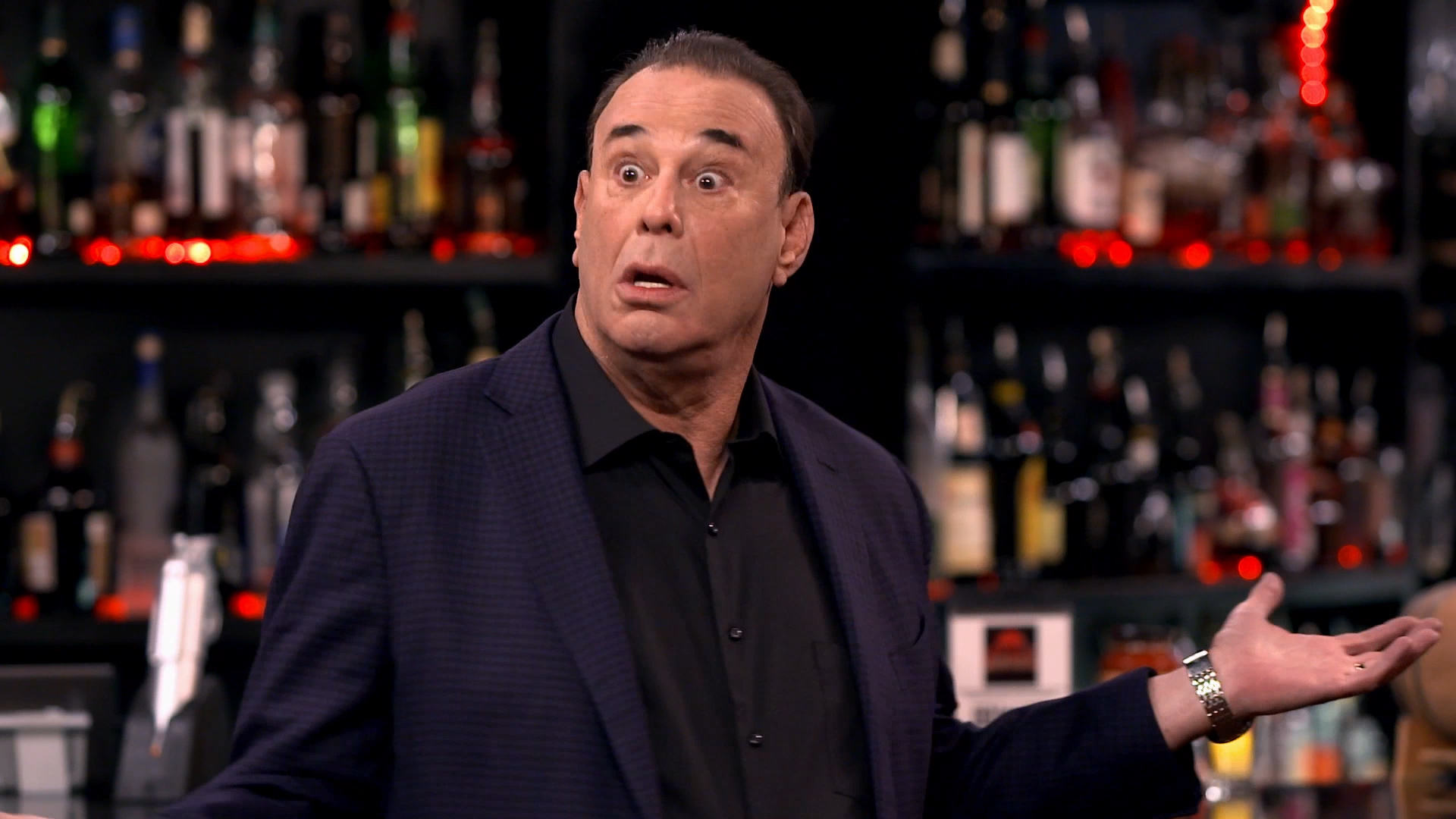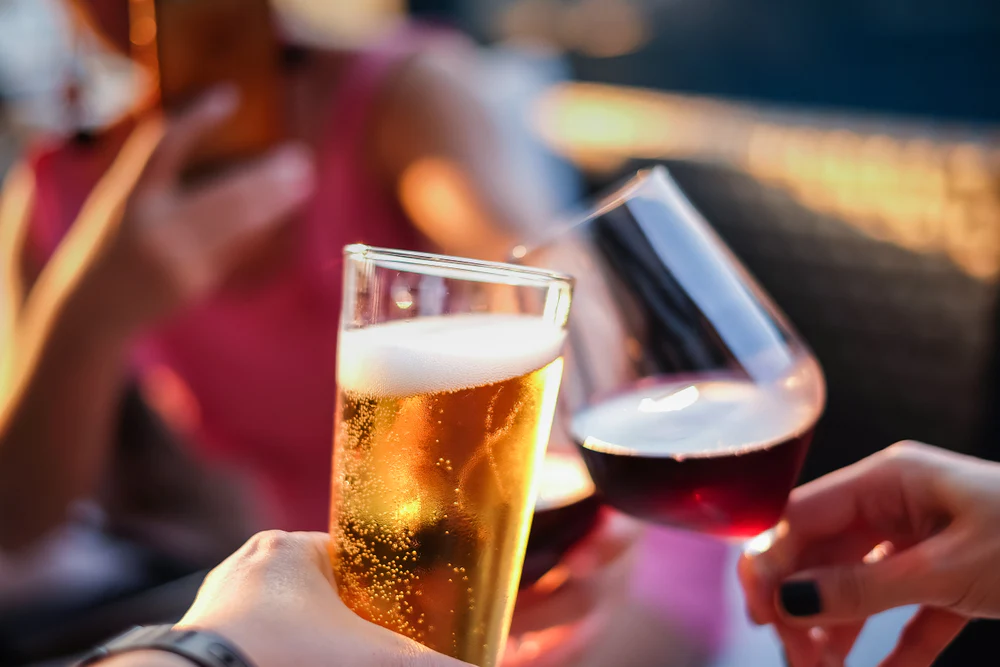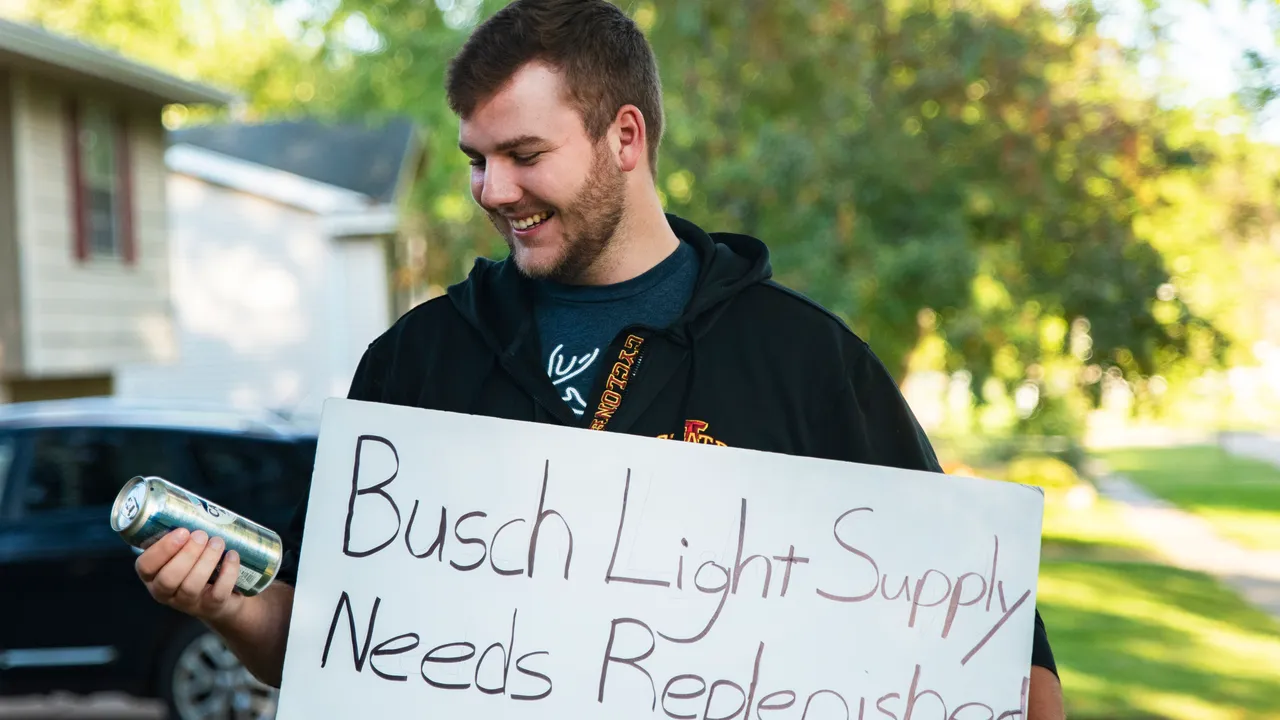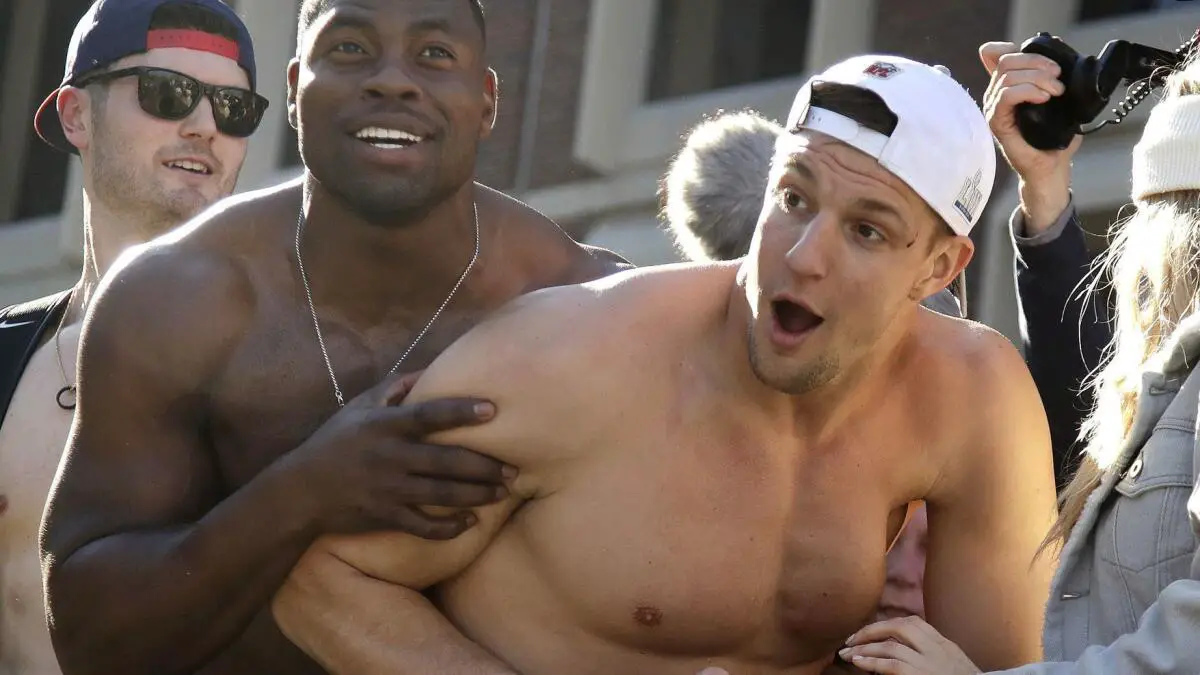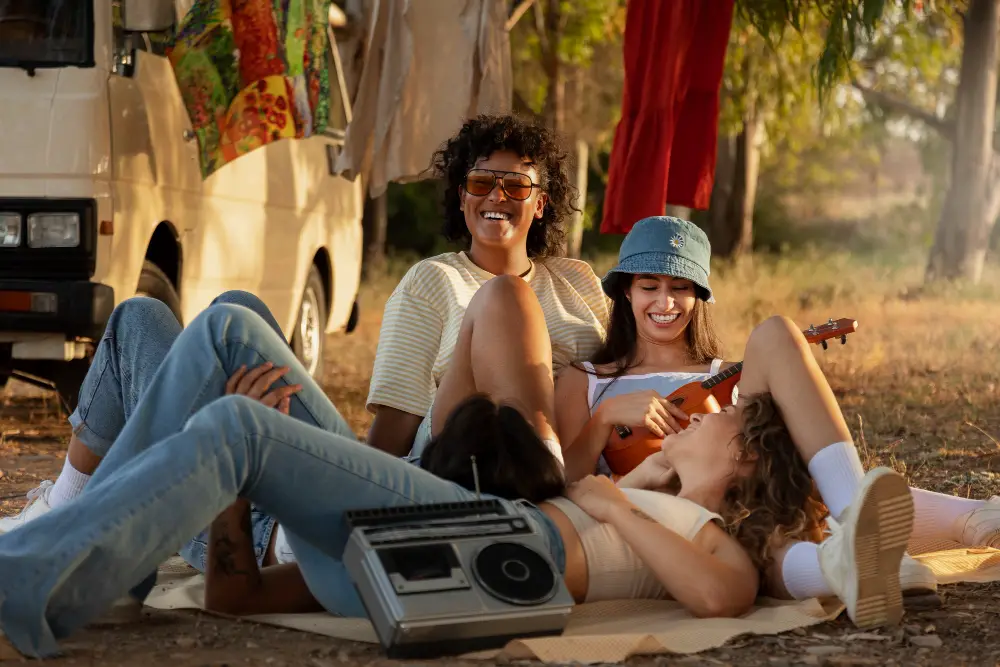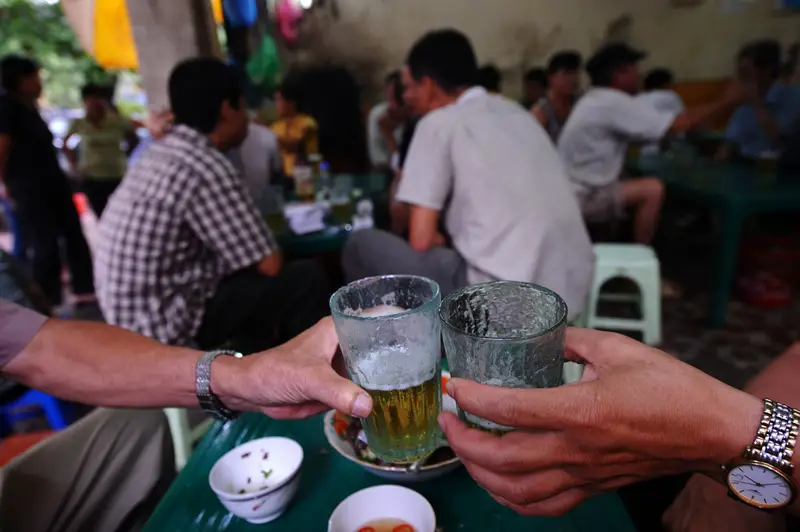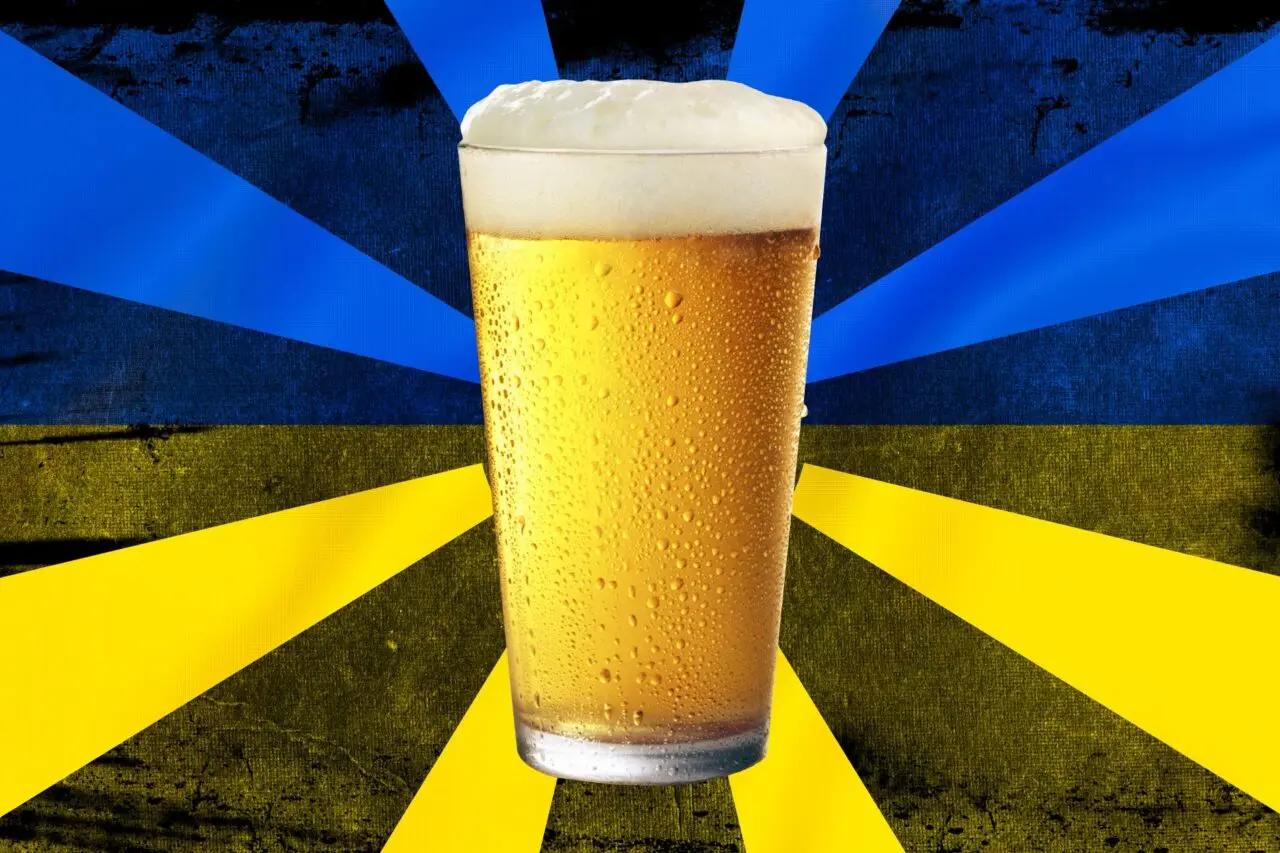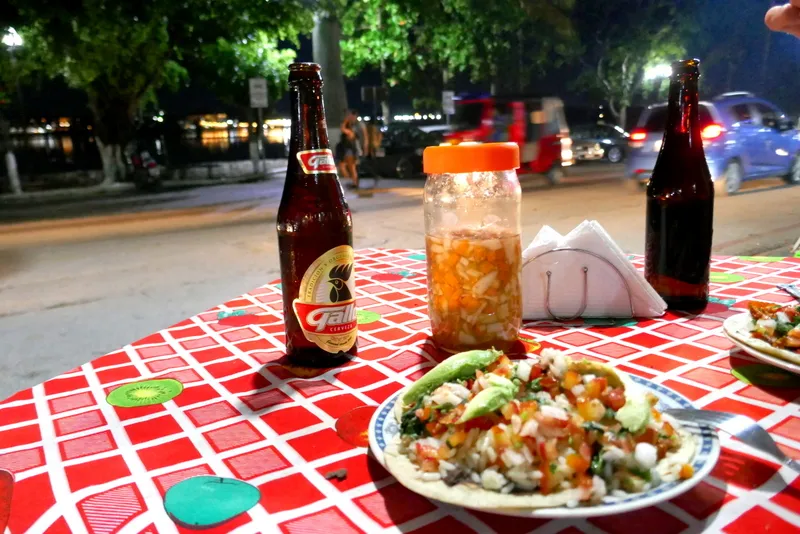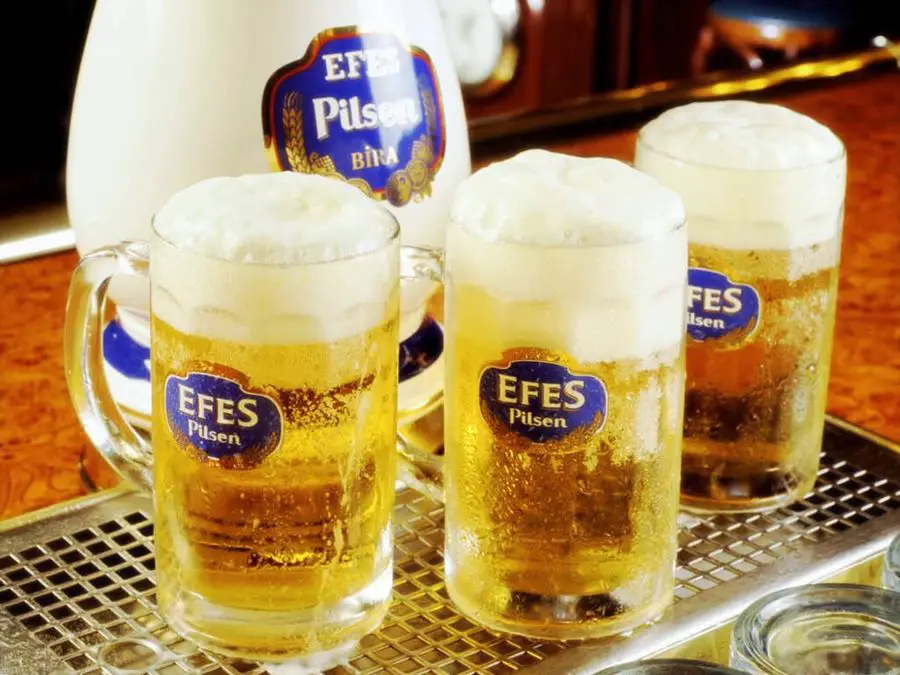Reality television has a knack for capturing our attention, drawing us into the lives and challenges of individuals, families, and businesses. One such captivating show is “Bar Rescue,” a series that transforms failing bars and restaurants into thriving establishments. Hosted by the dynamic and often assertive Jon Taffer, the show presents a high-stakes rescue mission where experts attempt to revitalize these struggling businesses.
With the popularity of shows like “Bar Rescue” on the rise, questions about the authenticity of the depicted scenarios and transformations naturally arise. Are these shows truly a reflection of the real struggles and triumphs bar owners face, or do they involve more scripted elements than they let on?
These inquiries encourage us to delve further into the realm of “Bar Rescue” and investigate how reality and entertainment coexist in this captivating program. In order to determine whether “Bar Rescue” is an accurate depiction of the difficulties struggling bars and pubs encounter or if there is more to the story than what is initially apparent, let’s take a deeper look.
Table of Contents
ToggleReality TV and Scripted Elements
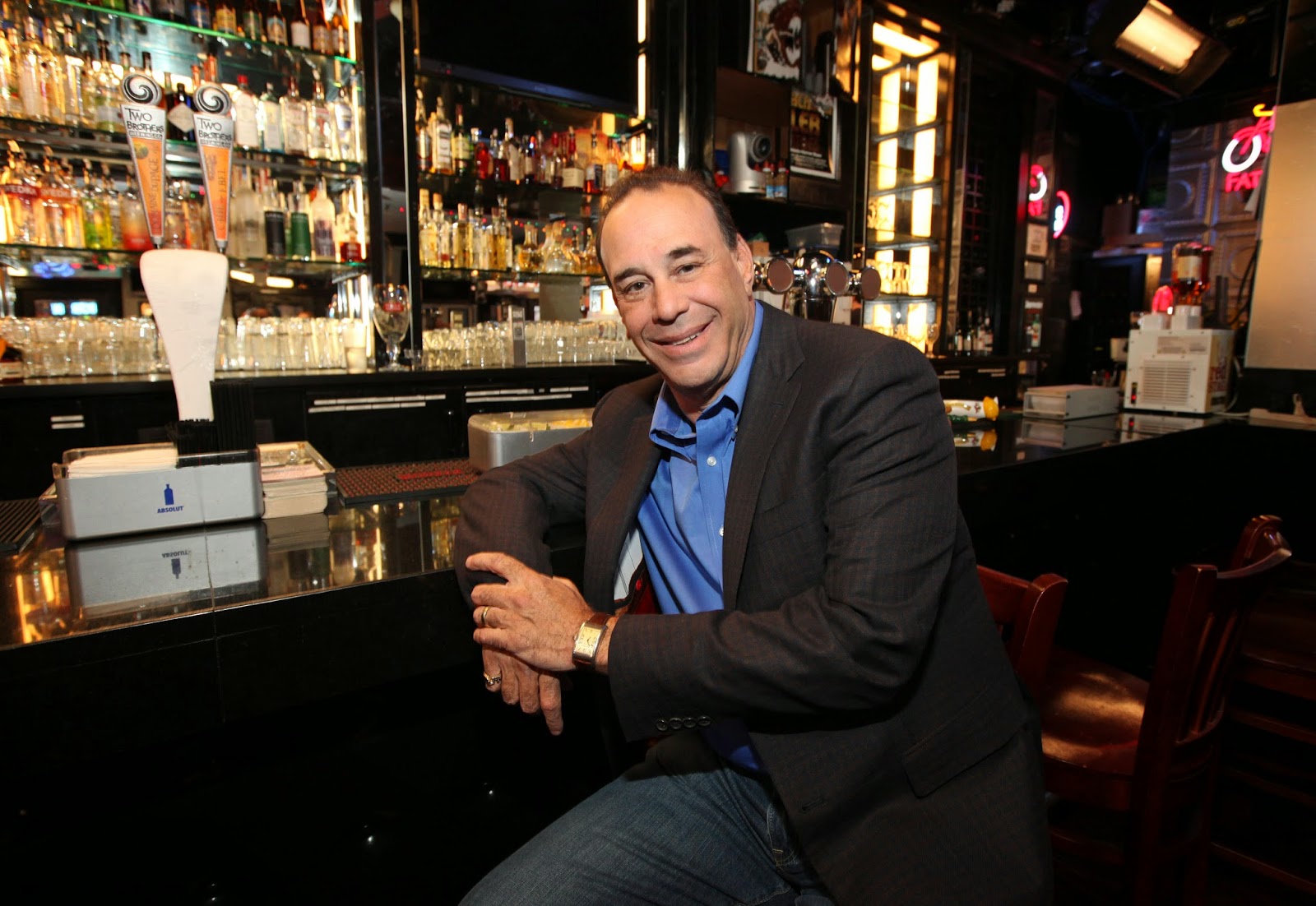
Exploring the Nature of Reality TV Shows
Reality TV programs have drawn viewers from all over the world because they provide viewers with a glimpse into the lives of real people in genuine situations. However, the word “reality” itself can be deceptive. Reality TV shows often aim to provide entertainment while presenting authentic situations. They rely on participants’ real emotions and reactions to engage viewers, but this only sometimes means every scene is unscripted or completely spontaneous.
Common Practices in Reality TV Production
“Bar Rescue” falls within the reality TV genre, and like many shows in this category, it incorporates certain scripted or orchestrated elements for entertainment value. Some of these common practices include:
Reenactments
While the core events may be real, some scenes might be recreated or reenacted for the cameras to ensure better angles, lighting, or visual storytelling.
Dramatizations
Certain interactions or events could be amplified or dramatized to heighten tension or emotions, adding to the show’s entertainment factor.
Staged Interactions
Producers might prompt participants to engage in conversations or interactions they wouldn’t have otherwise to capture specific content that aligns with the show’s narrative.
Edited Narratives
The final version of a reality TV episode is often a compilation of many hours of footage. Editing choices can shape the narrative to fit the desired storyline, emphasizing certain aspects while downplaying others.
Viewers’ Expectations and the Blurred Lines
One of the unique aspects of reality TV is the blurred line between reality and entertainment. Viewers know they are watching a show designed for entertainment but expect to see authentic emotions and real situations. This expectation can create a paradoxical dynamic, as audiences enjoy the drama and excitement while simultaneously acknowledging that what they see might not be entirely unscripted.
“Bar Rescue,” a reality TV show, also grapples with this dynamic. Audiences are drawn in by the promise of witnessing genuine bar transformations and the challenges faced by struggling establishments. However, the entertainment value often stems from the tension, conflict, and high-stakes scenarios that might be enhanced or manipulated for the viewer’s engagement.
Behind the Scenes: Production Insights
Planning and Executing the Transformation Process
The transformation process depicted in “Bar Rescue” is carefully orchestrated. While the core intention is to rescue struggling bars and restaurants, certain aspects require premeditation to capture engaging television. Interviews with crew members reveal that.
Initial Assessment
The initial assessment of a bar’s challenges and issues is genuine, with Jon Taffer and his team relying on their expertise to diagnose problems.
Strategizing Solutions
The planning phase involves creating a tailored strategy to address the issues identified. This process often includes input from bar experts, designers, and other specialists.
Dramatic Elements
Some scenes may be dramatized or emphasized during production to heighten the show’s entertainment factor. This might involve capturing reactions, confrontations, and intense moments in ways that amplify their impact.
Staged Interactions
While the interactions and conversations are based on real scenarios, producers may prompt or guide some to ensure key points are captured effectively.
Balancing Authenticity and Entertainment

While the essence of “Bar Rescue” is rescuing bars, the show also operates within the entertainment realm. Instances where authenticity might be compromised for entertainment, including
Intensified Conflict
Certain confrontations between Jon Taffer and bar owners might be accentuated to create compelling drama and emotional engagement.
Timeline Compression
The transformation process, which might take several days in reality, is often condensed for television, capturing the highlights while omitting some of the day-to-day minutiae.
Edited Storylines
The final episode’s narrative is constructed through editing, shaping the story to engage viewers and emphasize particular plot points.
Visual Enhancements
The show’s visual appeal is enhanced through clever camera work, lighting, and editing techniques that elevate the viewing experience.
It’s important to note that while these elements might introduce a level of scripted or orchestrated content, they still need to negate the genuine intention of rescuing bars. The blend of authenticity and entertainment is a hallmark of reality TV, offering a compelling viewing experience that captures both the challenges faced by businesses and the drama that keeps audiences engaged.
Ultimately, “Bar Rescue” provides a unique insight into the intricate world of bar transformations, where real issues are addressed alongside entertainment-driven elements. As viewers, understanding the production dynamics allows us to appreciate the show’s multifaceted nature, where authenticity and entertainment converge to create an engaging and memorable television experience.
Conclusion
In a realm where reality meets entertainment, “Bar Rescue” is a prime example of the intricate dance between authenticity and scripted elements in reality television. As viewers, we embark on a journey that intertwines the genuine struggles of failing bars with the heightened drama and storytelling techniques that make for riveting television.
While it’s true that certain scenes may be orchestrated to amplify emotions and tensions, the core mission of rescuing bars remains authentic. We must recognize that the fusion of reality and entertainment gives “Bar Rescue” its distinctive allure, drawing us into a world where the line between the two is intentionally blurred.
Ultimately, the authenticity of “Bar Rescue” lies not only in the technicalities of its transformation process but in its genuine impact on the lives of bar owners and the businesses they strive to salvage. While scripted elements play their part in creating captivating narratives, the show’s underlying premise of revitalizing struggling establishments remains a driving force.
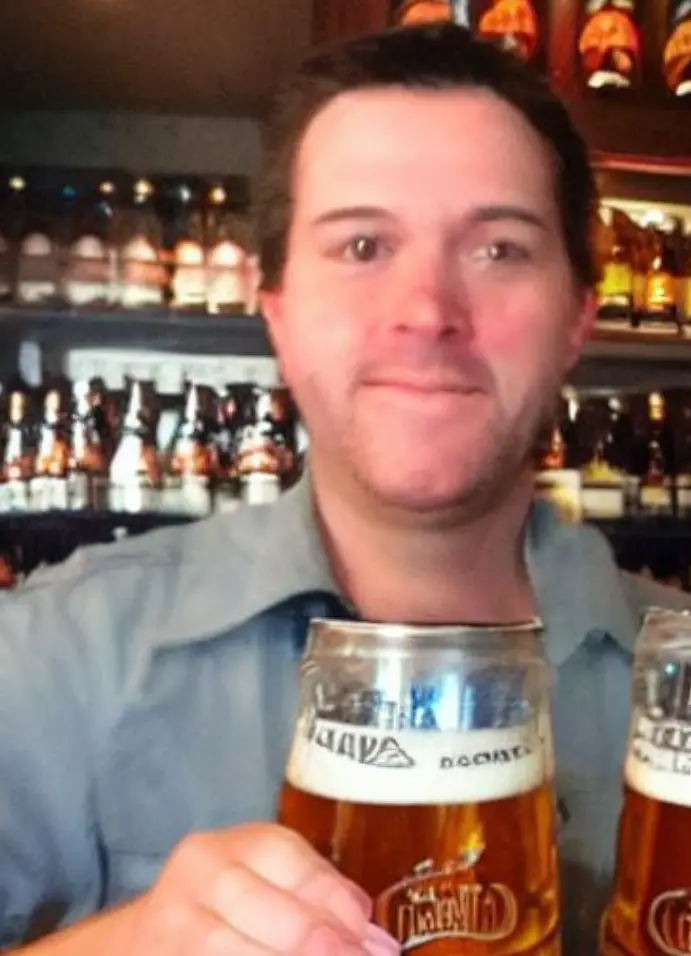
I am a passionate beer connoisseur with a deep appreciation for the art and science of brewing. With years of experience tasting and evaluating various beers, I love to share my opinions and insights with others and I am always eager to engage in lively discussions about my favorite beverage.

